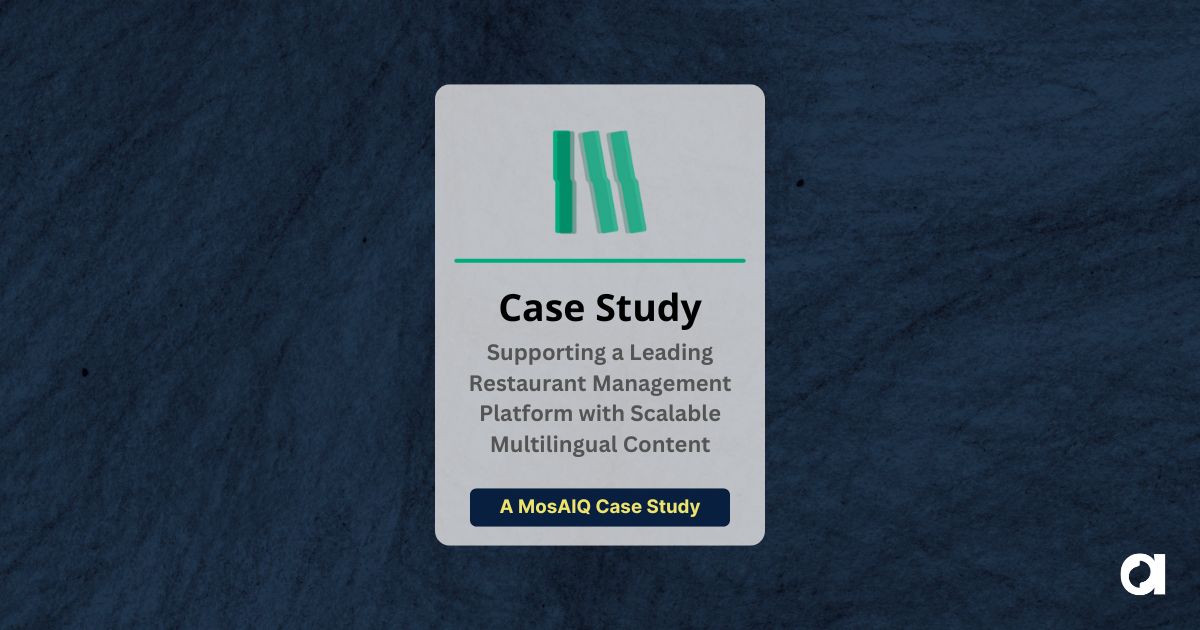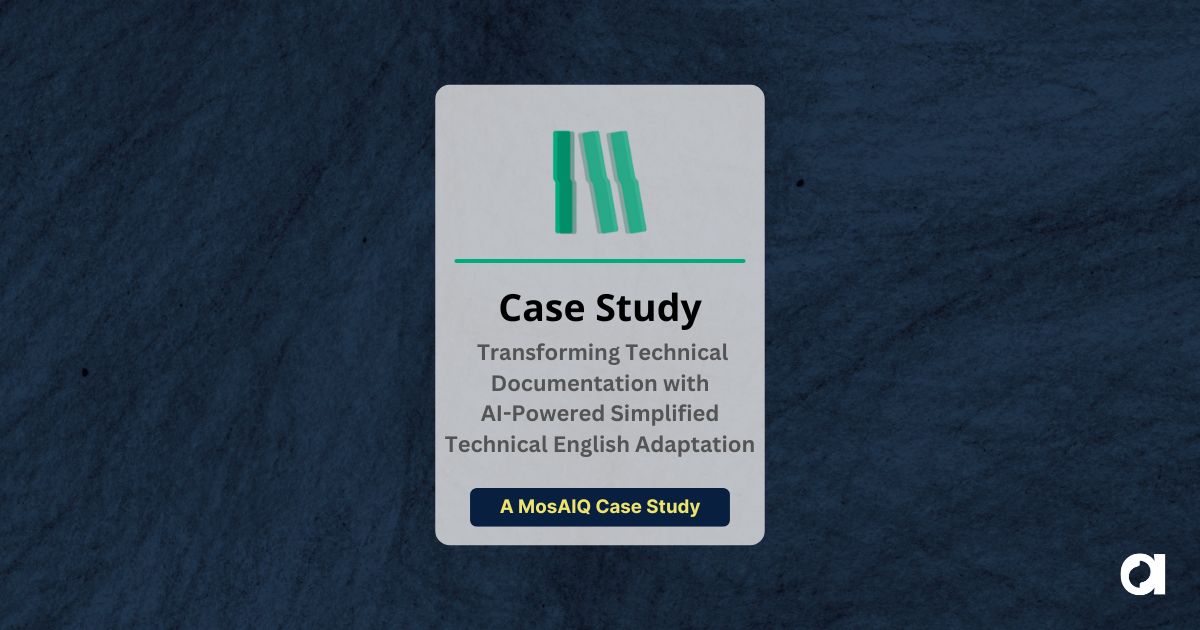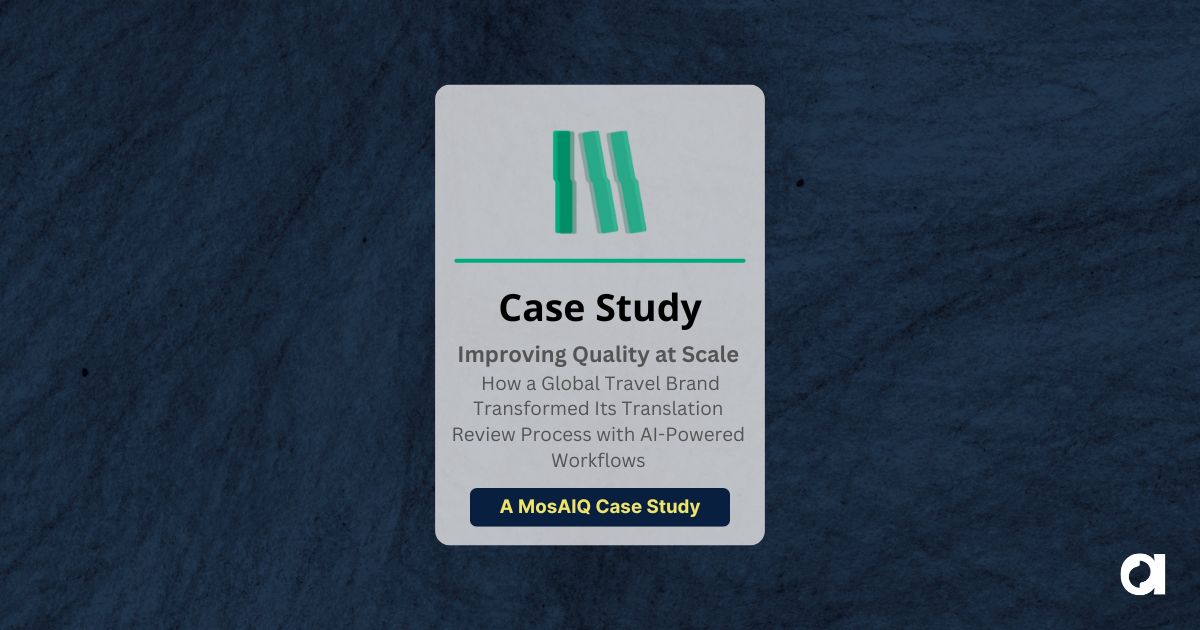An Up Front Checklist Before Your Project Begins
After numerous delays you’ve finally received the goahead from management for that translation project. So you hit the “send” button and breathe a sigh of relief. Now you’re off to tackle some of the other items on your never-ending “to do” list. But no sooner than you hit send, here comes a list of questions back into your inbox.
It can seem like a hassle taking care of these details, but this is what Argos Multilingual needs to know before your translation project can begin. These issues could have a big impact on the quality of the translation as well as on the safe and efficient use of your product.
1. Source Files
Source files are the original electronic files in which your document was created, such as FrameMaker, InDesign, Word, Quark, Illustrator, etc. Translators need to work with the source files in order to do the translation and use the corresponding PDF for verification. Check to make sure electronic files match the PDF. Often they don’t!
If Argos Multilingual is going to be doing the formatting of your translated documents, please remember to send all files, including graphics and fonts for your project.
2. Machine Decals
If warning labels or control panel labels on your company’s machinery are shown in the operator’s manual, they should match. If not, the operator may be confused when it matters most.
When you submit an operator’s manual for translation, go the extra mile and also submit all of the decals to be translated. This is cost-effective and solves the problem of matching text.
You may also want to consider using pictorials to identify hazards on your machinery. The Association of Equipment Manufacturers (AEM) promotes effective messaging through the use of consistent industry-recognized pictorial images that are not dependent on language to warn operators and others of potential hazards.
If the labels are not translated, they should be shown in English in the operator’s manual.
3. Software can be a Hard Issue
Machinery today is highly sophisticated and often incorporates a number of computerized functions. Operator’s manuals provide step-by-step operating instructions for the computer controls, including screen shots of the display.
Has the user interface been “localized” by your supplier? The computer screens and screen prompts in the manual must mirror what is displayed on the machine to avoid operator confusion.
And if we’re translating the software strings for your human machine interface (HMI) or user interface (UI), there are often character limitations within the software. It will be easier for the translator to write relevant and easy-to-understand translations for equipment operators if you provide the character limitations.
If the screen displays are only available in English, display messages should be left in English in the manual. If this is the case, we recommend that the English is then followed by a translation in parentheses for the operator’s information. The manual can be revised if the software is localized at a later date.
4. To Review or Not to Review
Let us know up front if your translation requires an incountry language review by one of your colleagues as part of your project. Your reviewer’s changes will be incorporated into the translation before final formatting to avoid additional expense and effort by both parties. We all want to keep re-work, costs and time to a minimum!
5. U.S.-Only Information and Metric Measurements Everywhere Else
Often there is a Proposition 65 statement or U.S. Department of Labor regulations in the English manual. Consider if you want such content translated since it’s not valid outside of the Untied States. Also, you may want to take a look at your contact information to ensure that local contact details and representatives replace the U.S. source.
Since your company is already doing business internationally, you know that the entire world uses the metric system except the U.S.
Global documentation requires metric measurements. Think about what is best for your customers. We recommend including metric measurements if you’re selling your products outside the U.S. These metric measurement conversions should be in place before sending your manual for translation. A quality translation with metric measurements is a small but clear signal to your international customers that you care about them.
6. Context and Clarification are Critical
All companies have their own acronyms, which present a unique challenge for both translators and foreign audiences. The best rule is to avoid acronyms. When using industry-specific acronyms or acronyms unique to your organization, provide explanations and be consistent when they are used.
Often operator’s manuals for machinery contain lengthy noun strings. For example, what is a “changer driver motor assembly lead?” The best rule is to avoid such lengthy noun strings by crafting short, specific sentences otherwise known as Simplified Technical English. But again, it is always best to provide clarification and use consistent terminology throughout the document.
Sometimes parts lists contain abbreviations. Without context, it is impossible for the translator and your customers to understand these out-of-context terms. Again, be clear and consistent.
7. Source and Target Language Pairs for Where
Last but certainly not least, please specify your source and target languages and locales. The source language is the language into which your document is authored. Most often that is English, but not always. The target language is the language in which you want your document translated.
Please inform us of the destination countries so we can help you determine the locale and dialect for your target language request. Do you want Portuguese for Europe or Brazilian Portuguese? Do you want Simplified Chinese for mainland China or Traditional Chinese for Taiwan?
If you’ll provide this list of seven details up front with each translation project, you can expect your translation project will get off to a smooth and speedy start. Ultimately, higher quality translations will earn you happy customers in the long run. Contact Us and find out how we can help you with your next translation project:
 Argos Multilingual
2 min. read
Argos Multilingual
2 min. read
As first reported by The MIT Technology Review, research has proven what most of us already knew! Regardless of your native language, city slickers and country-folk speak and sound differently. It’s long been understood that Chicagoans speak differently than those who hail from Philly. And the French spoken in Paris is different than the French […]

 Argos Multilingual
2 min. read
Argos Multilingual
2 min. read
Tomorrow UNESCO will be celebrating International Mother Language Day, the annual observance which promotes the preservation and protection of languages all around the world. Since its inception in November 1999, the day has brought greater attention to languages facing extinction through celebrating multiculturalism, multilingualism and cultural diversity. Over 7,000 languages are spoken around the world […]











